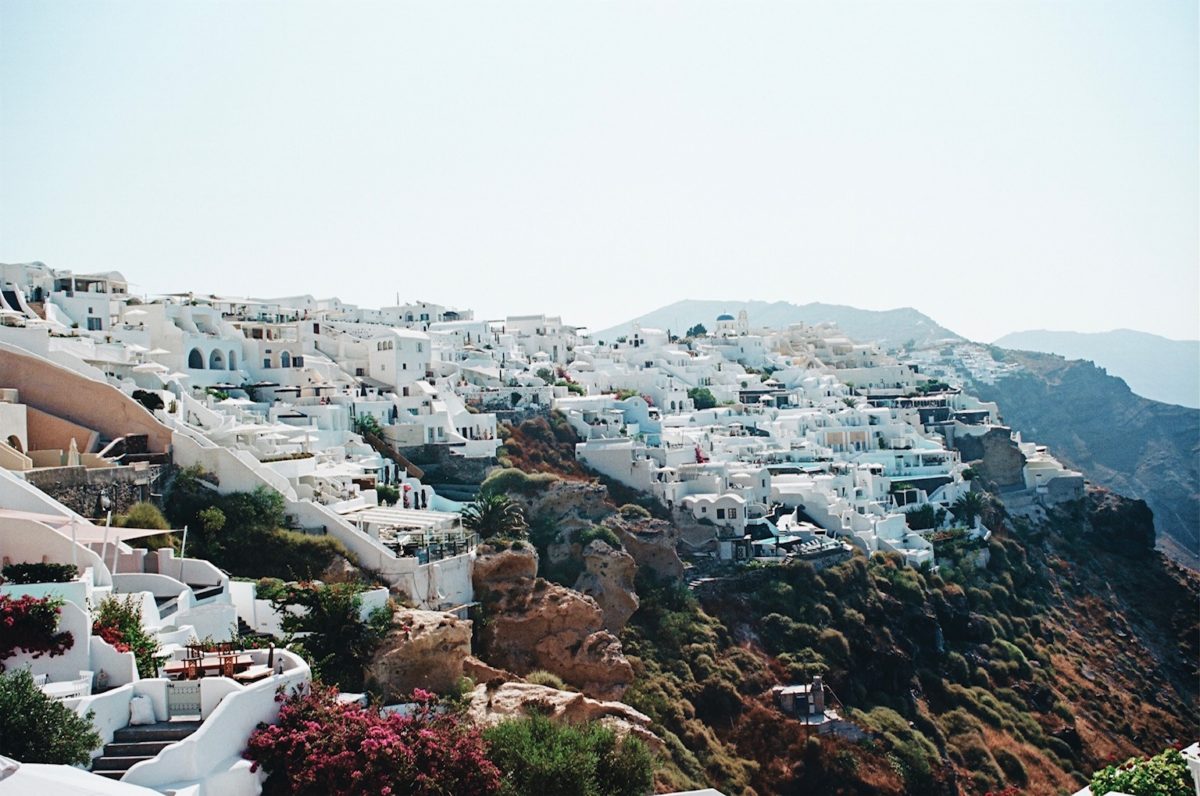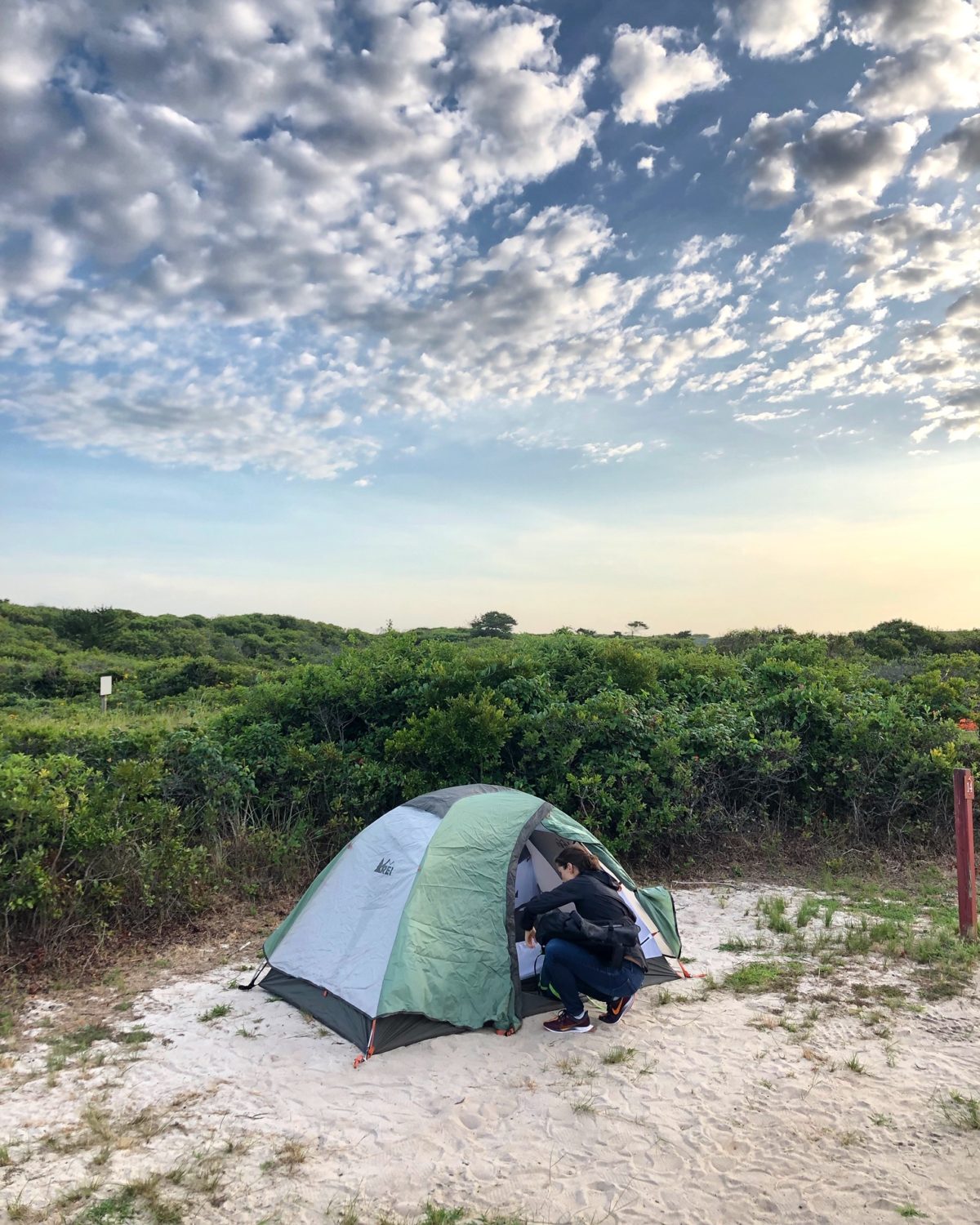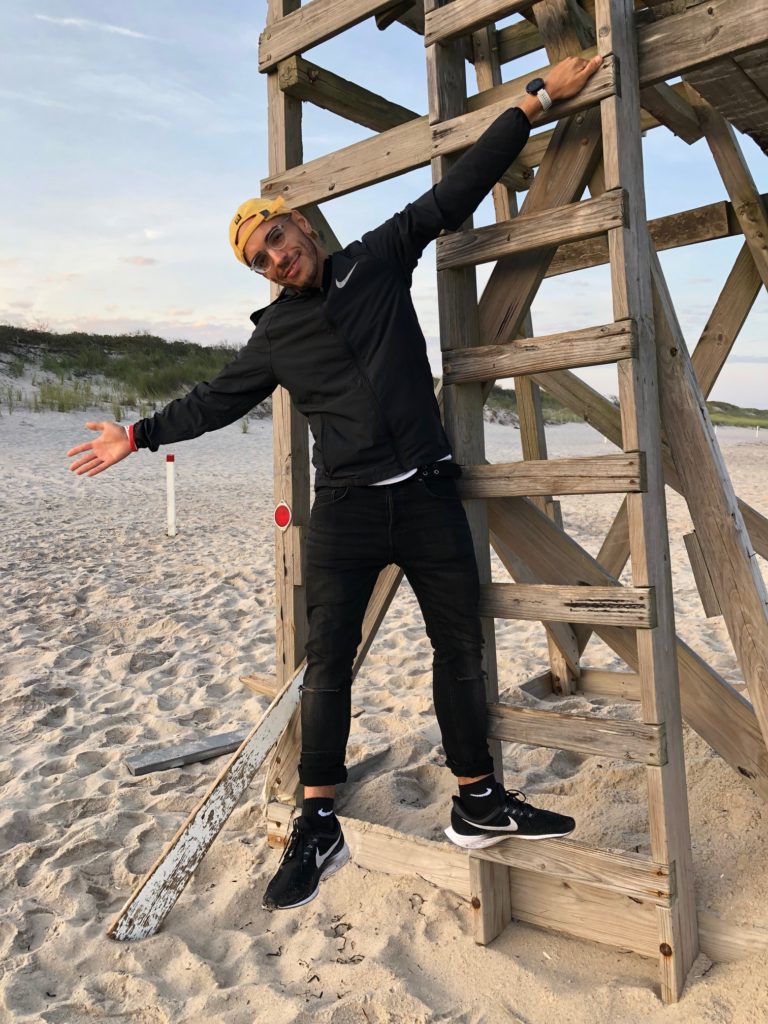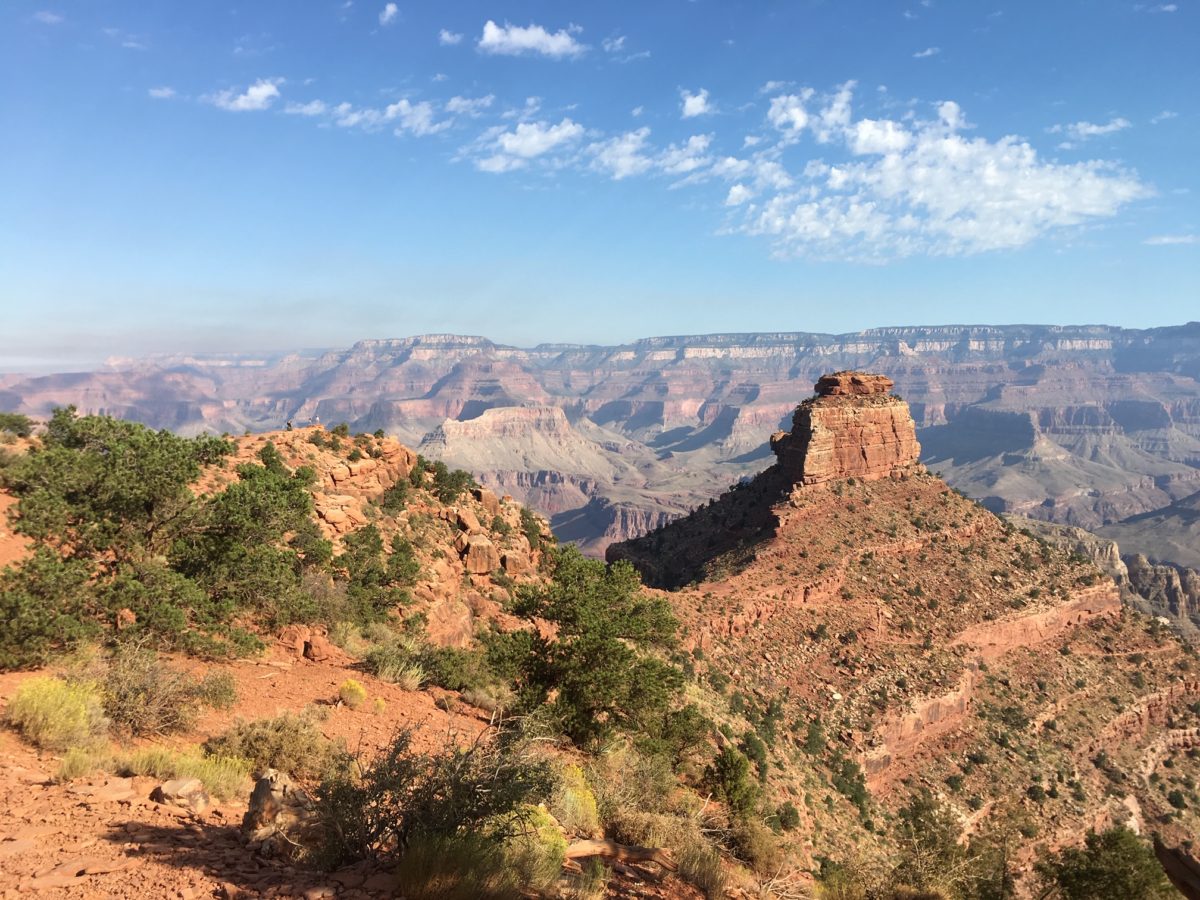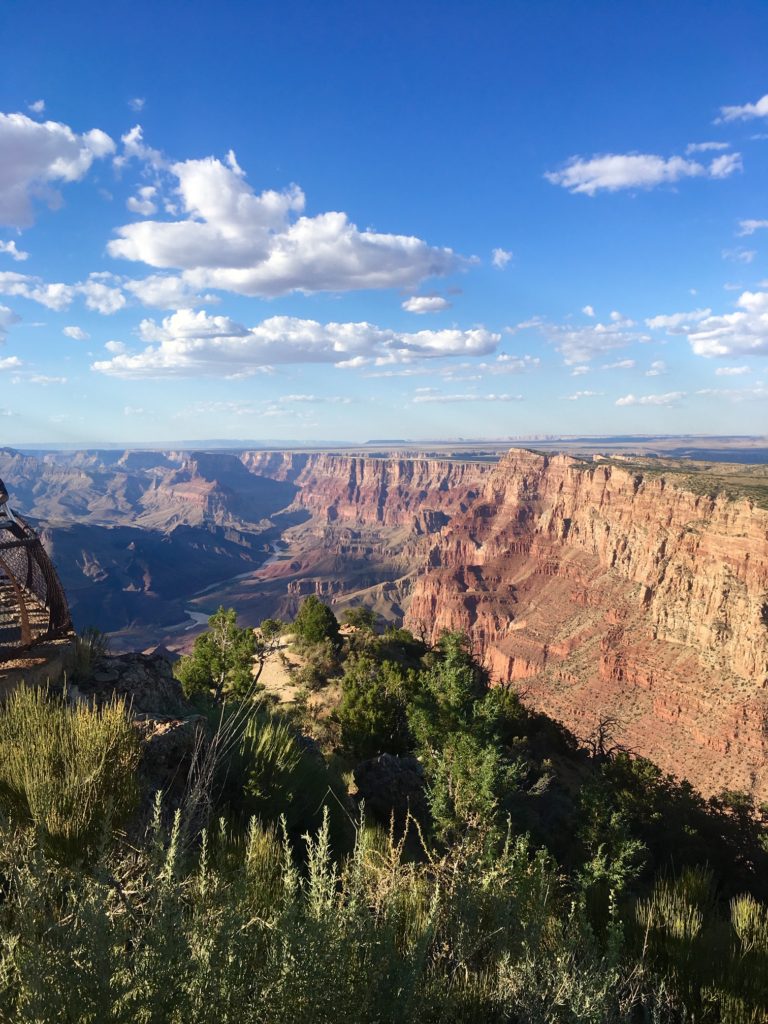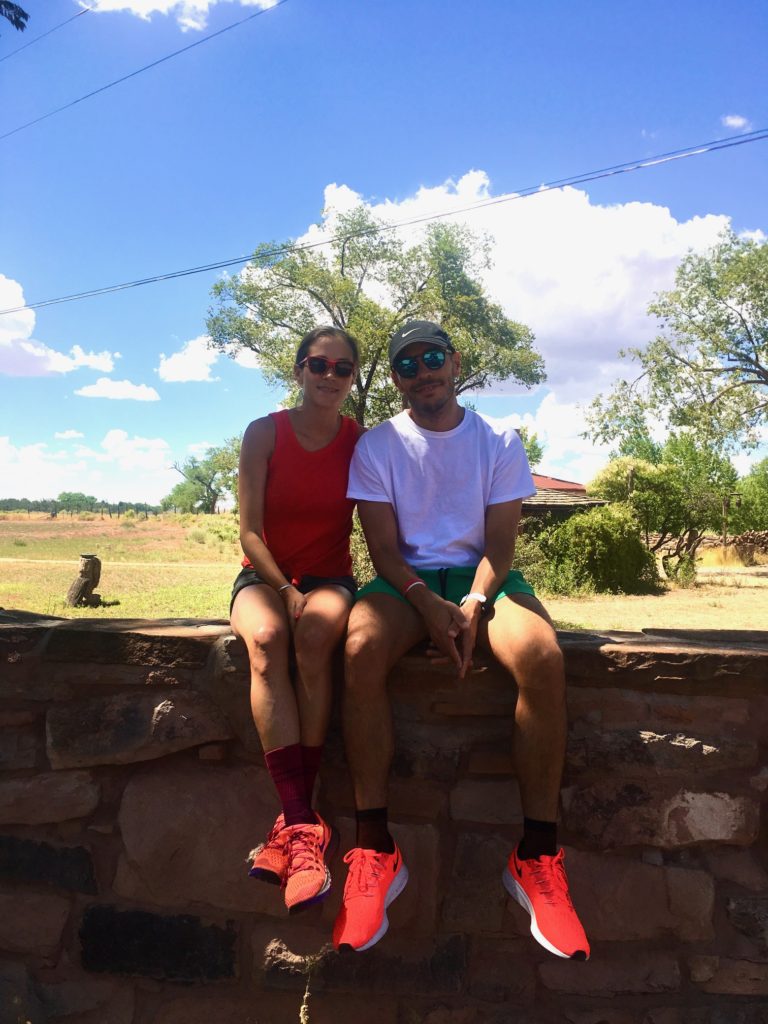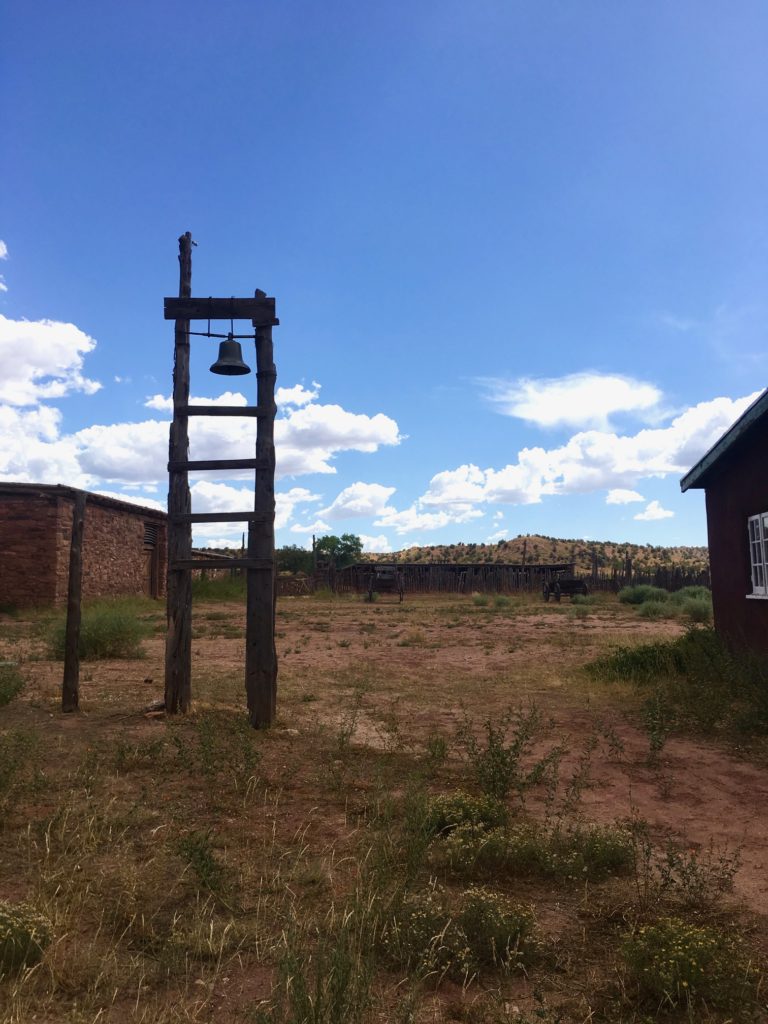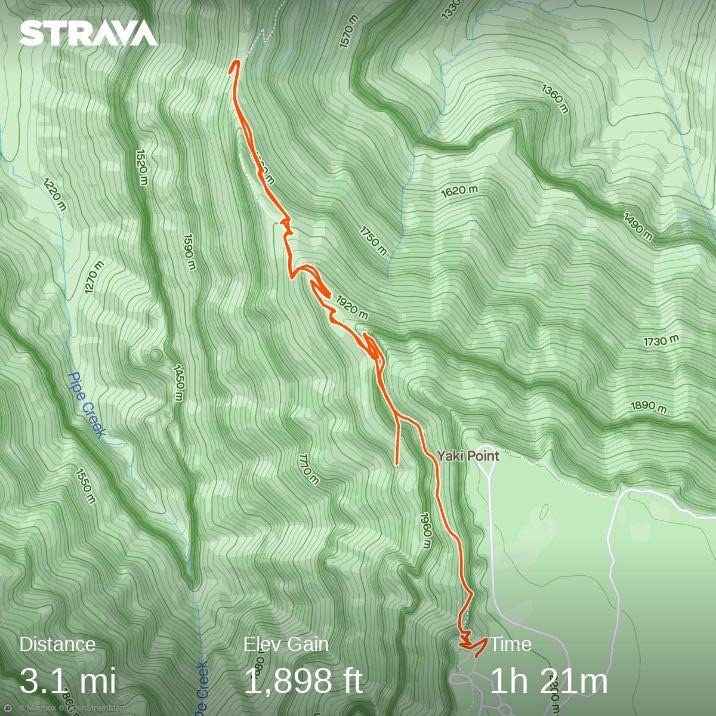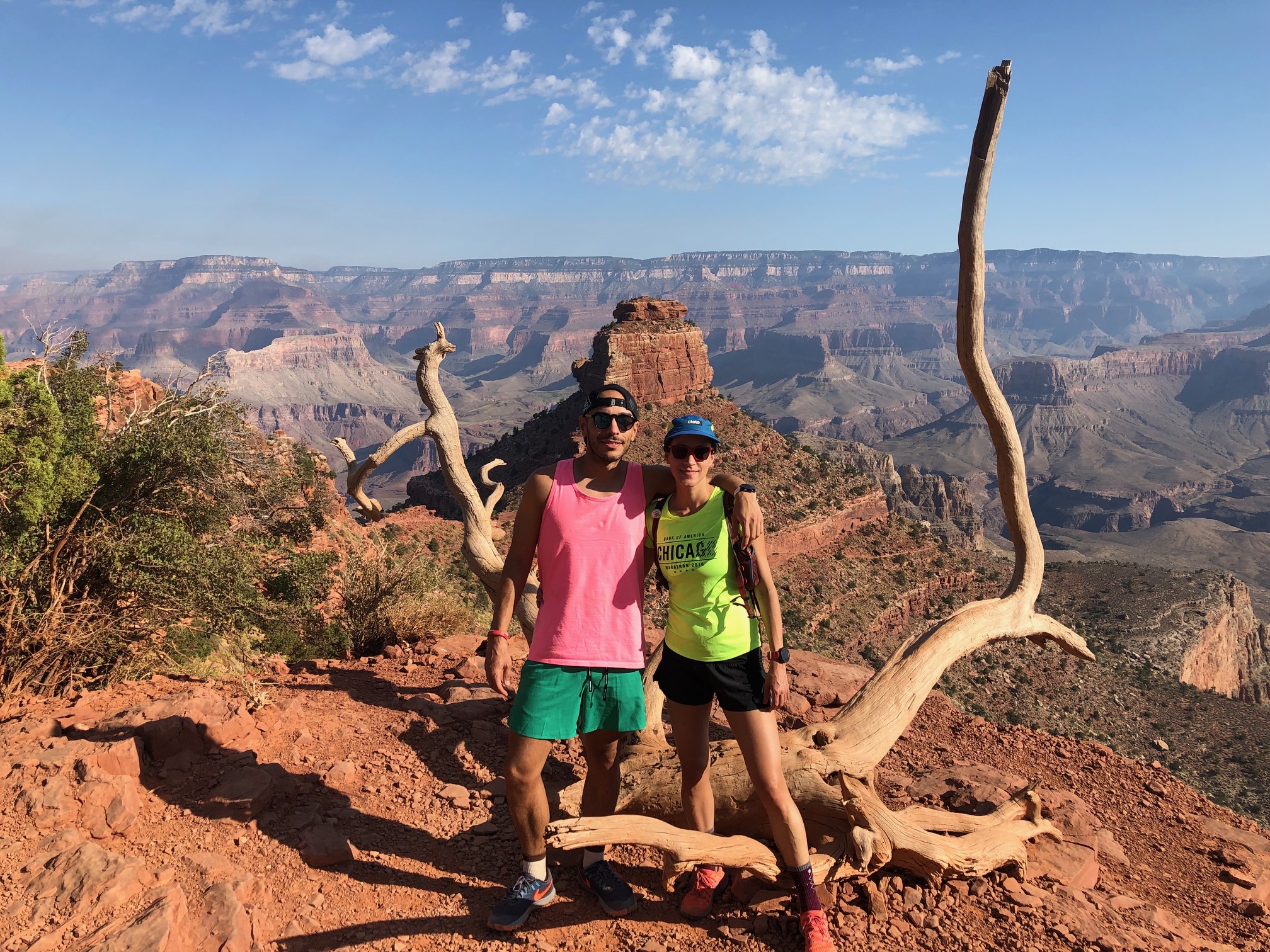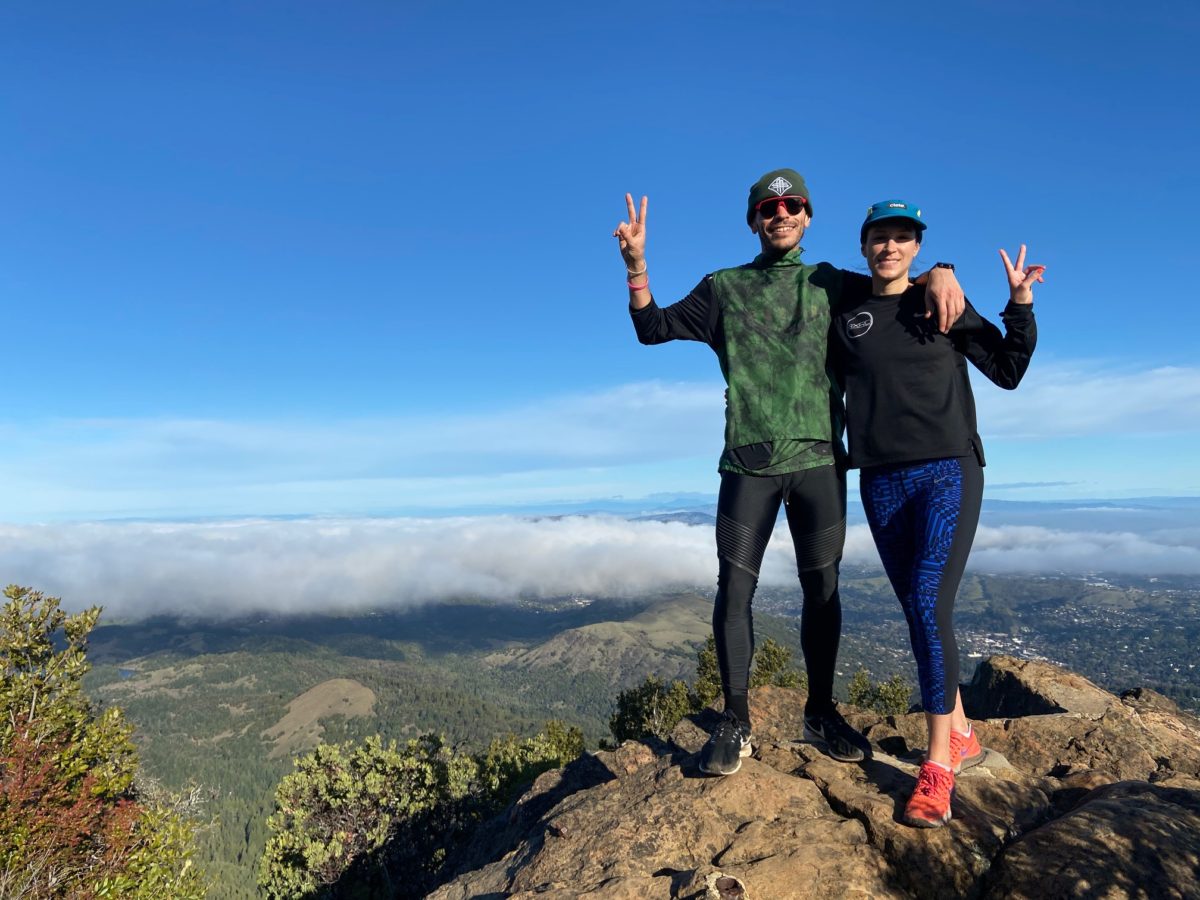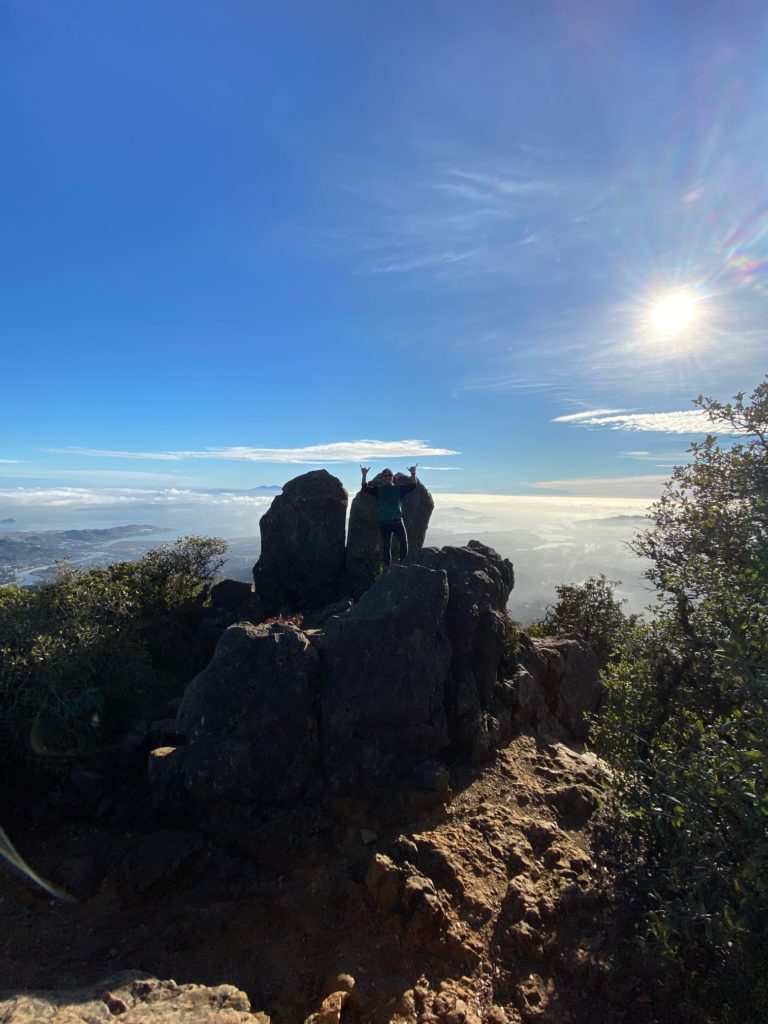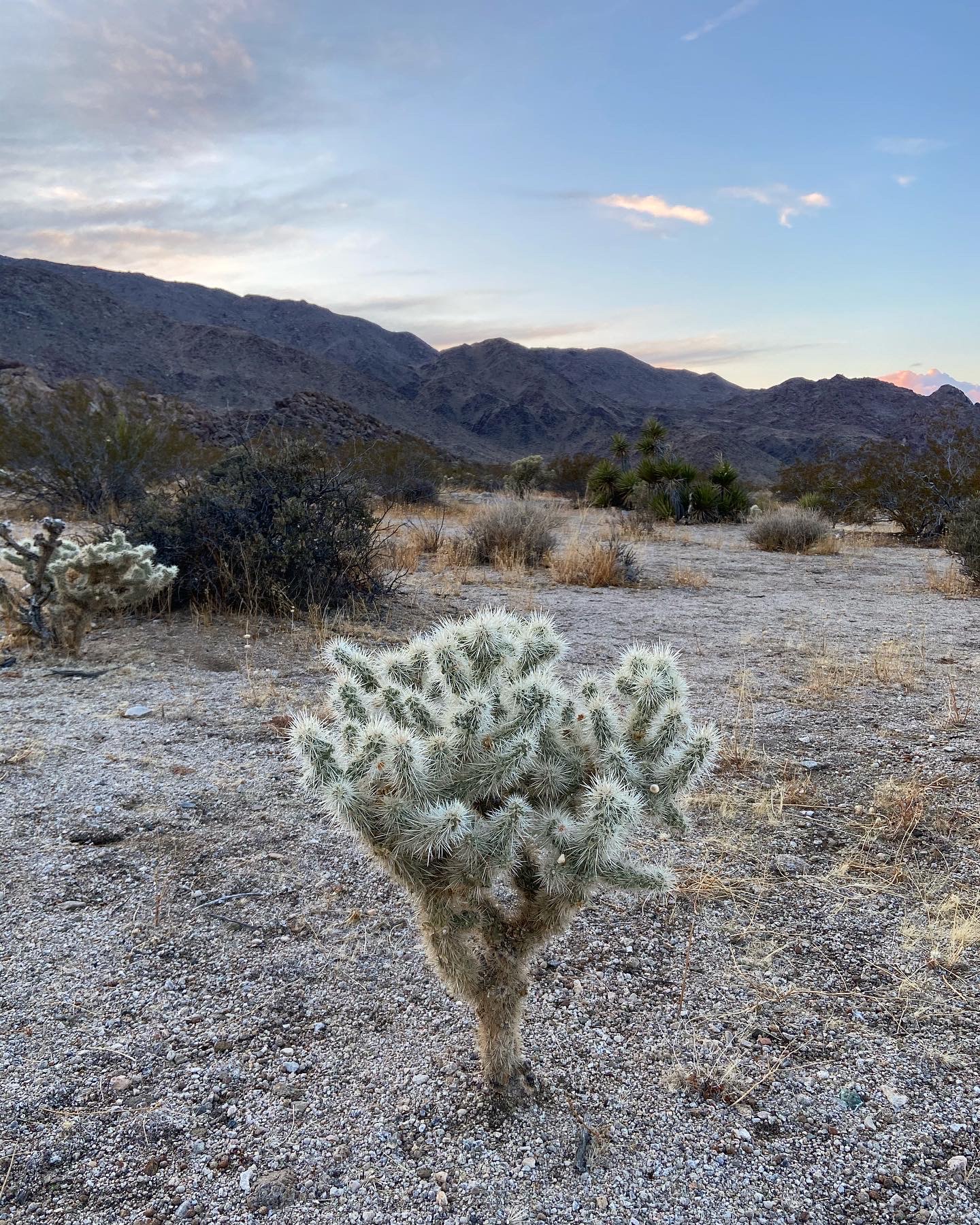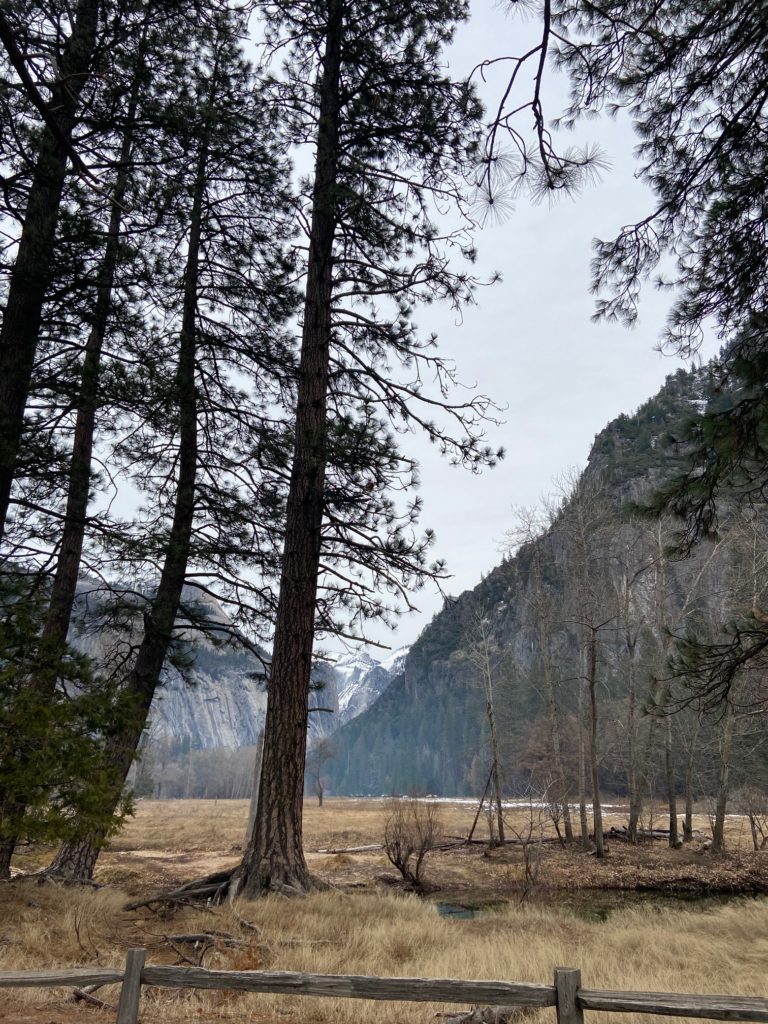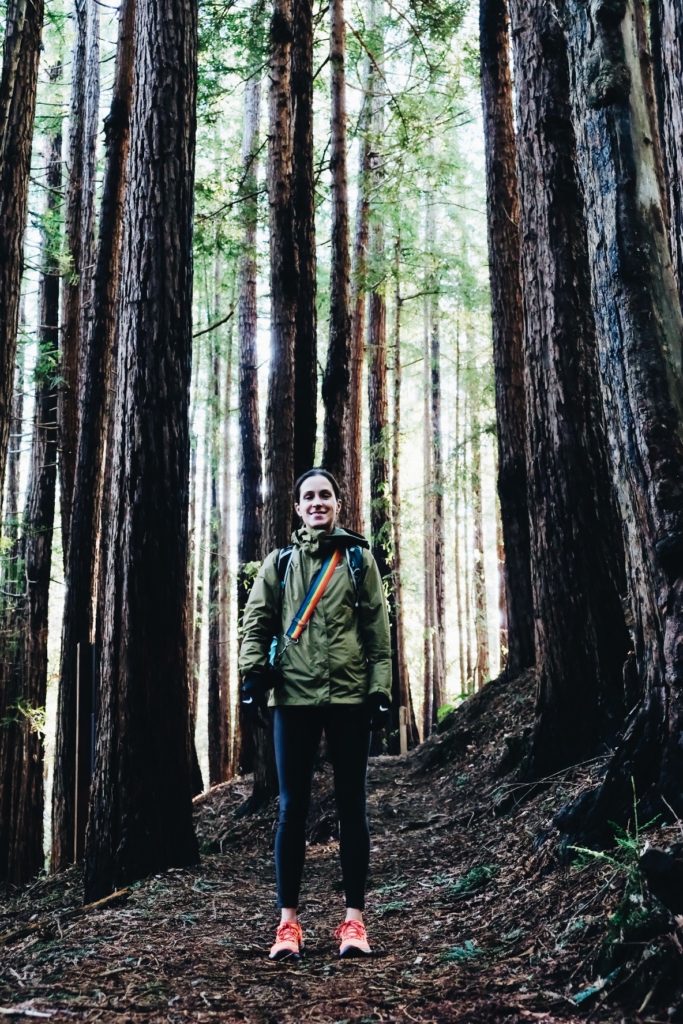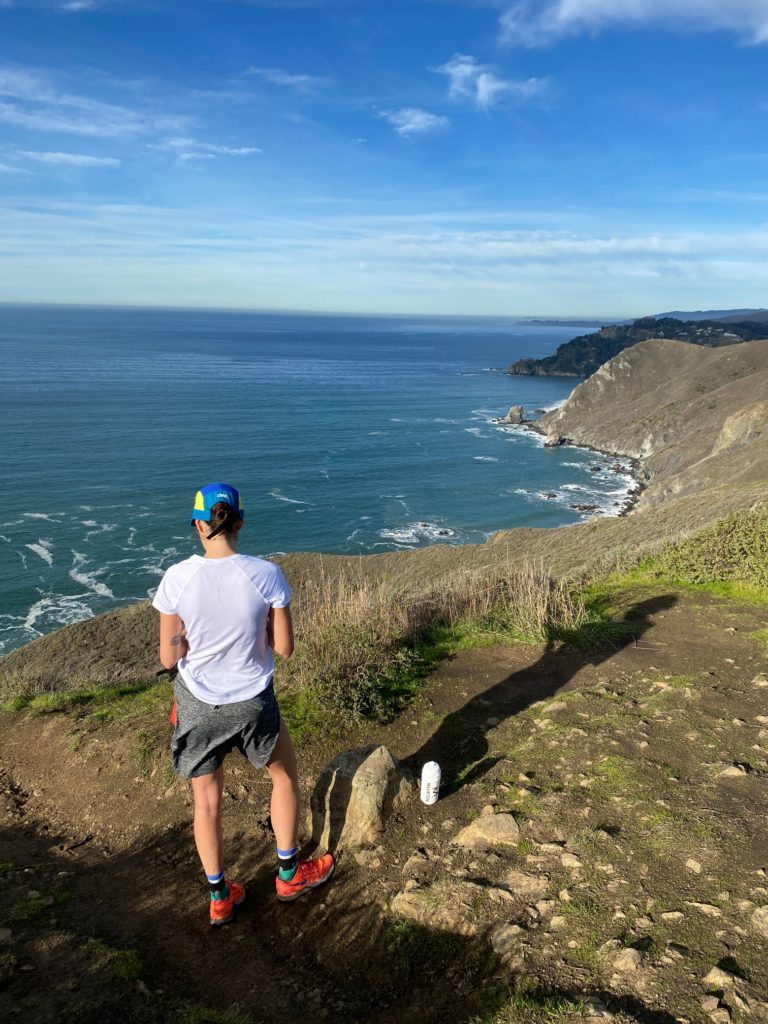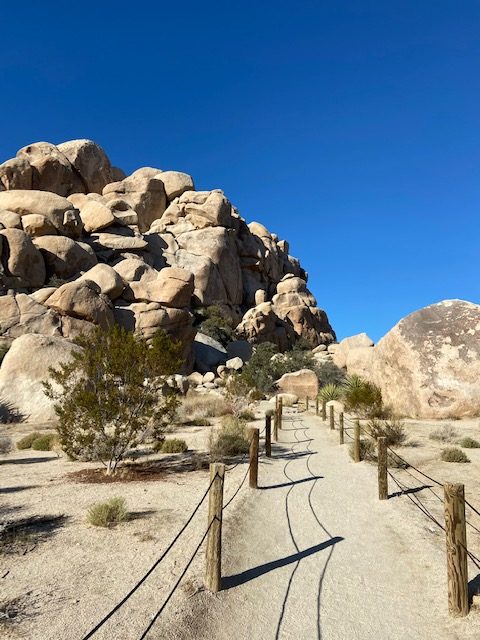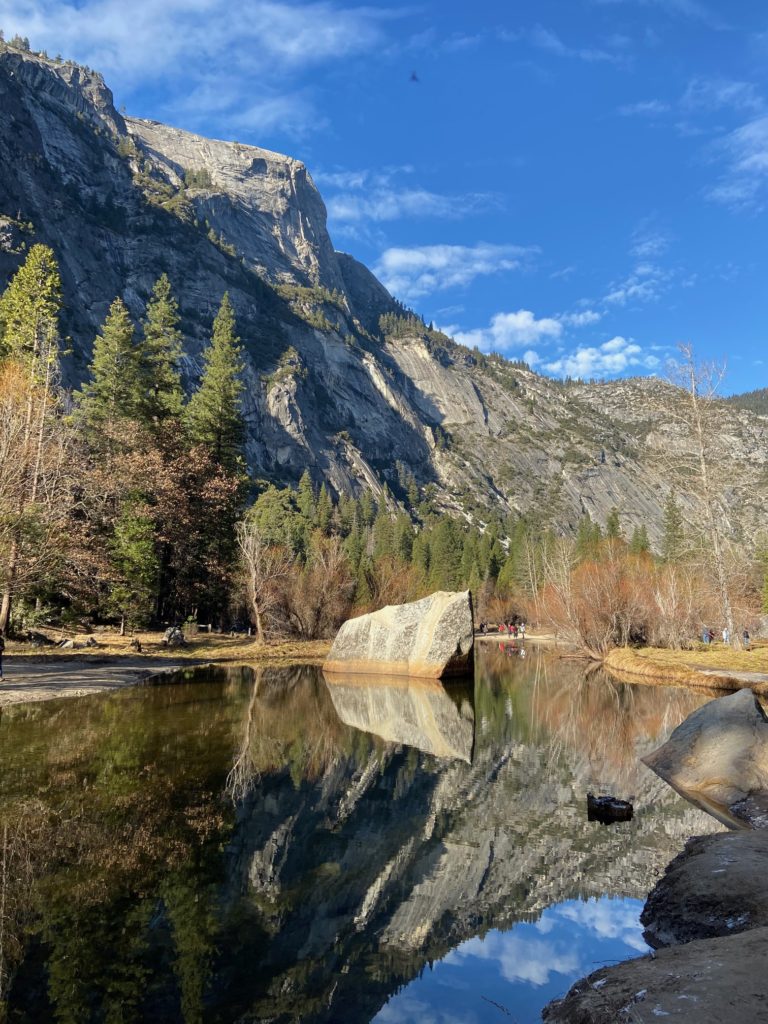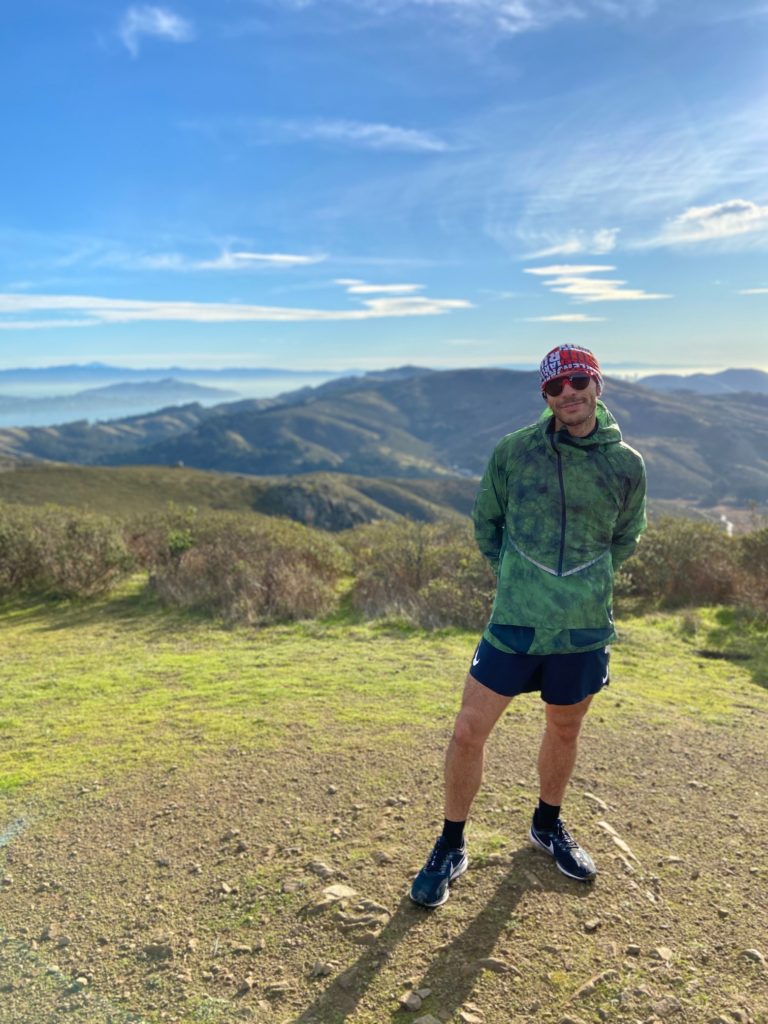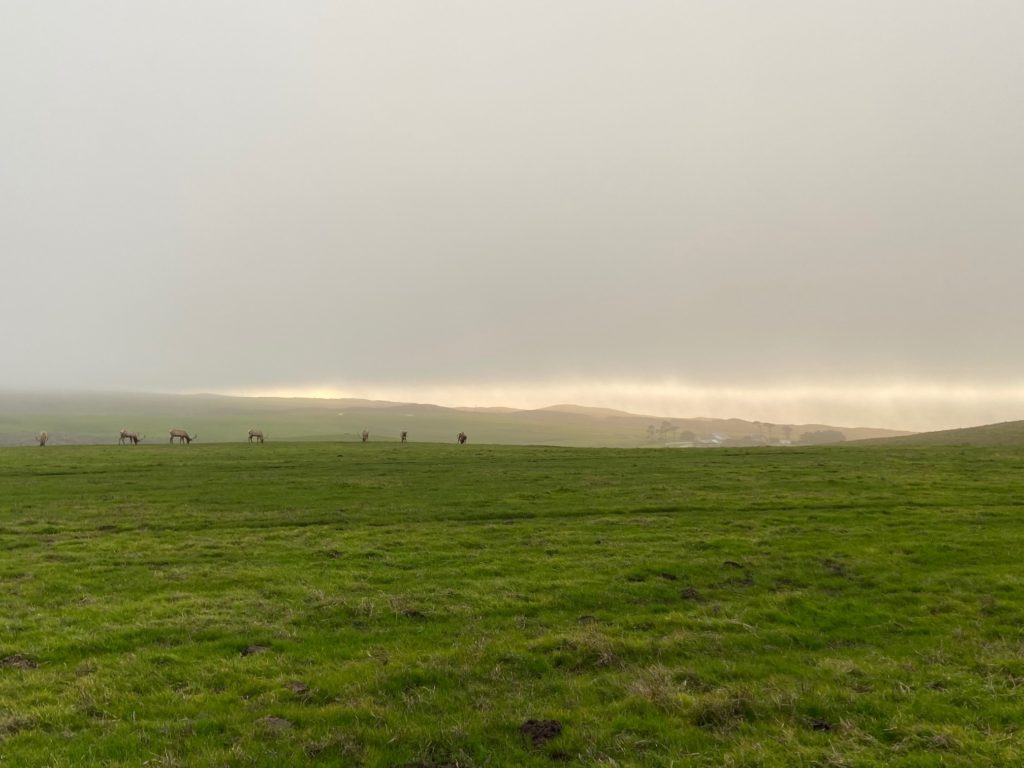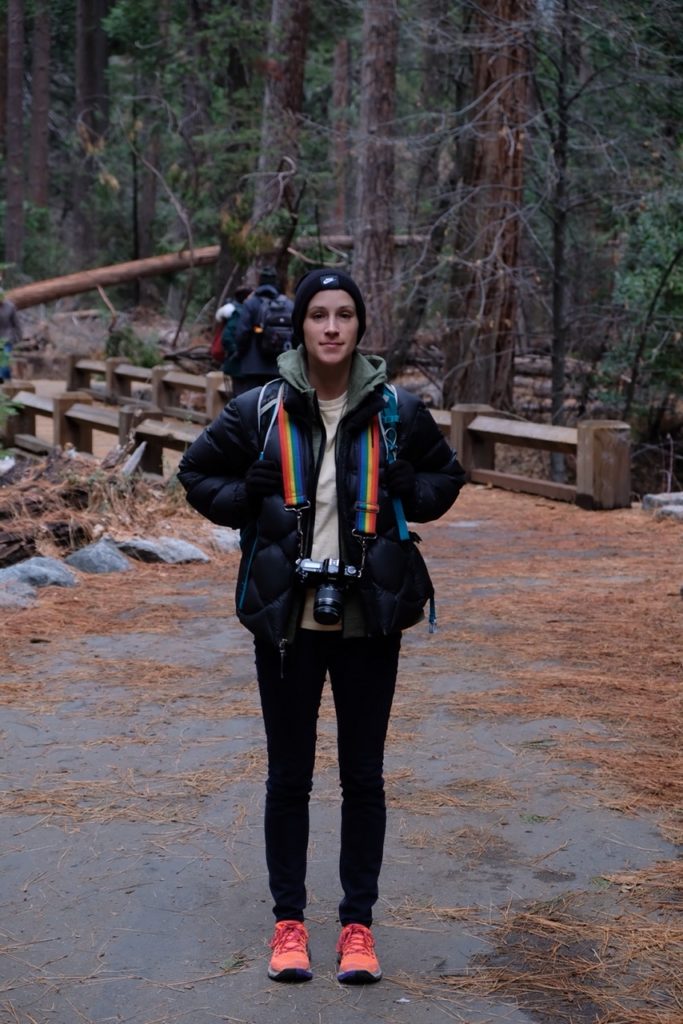Last June we took our first trip to Greece and we loved it. This post will detail our first stop in Greece to the island of Santorini. Follow up posts will outline our other stops on the trip. This includes the Cycladic Islands (Santorini, Milos and Naxos), Athens, and the Ionian Island of Corfu.
These posts are by no means meant to be a comprehensive guide to Greece. There are tons of ways to take a trip here and many towns, islands and places to visit. I was a bit overwhelmed in my planning to choose the *best* route. However, there is no real *best* route. How you visit Greece should be what works best for you. Our trip just barely scratched the surface of what you can see and do. Take this as one example of a trip and feel free to use it to build your *best* trip there in the future.

Island Basics

Santorini, or Thíra as it is known, is in the Cycladic Island group. In fact, it is actually a group of islands, which include Thíra, Thirassiá, Asproníssi, Palea and Nea Kaméni. Santorini is a rather small island at just about 76 square kilometers or roughly the size of Manhattan. The crescent shaped island is 16km in length and 1km to 5km in width. It is located in the Aegean Sea, about 200km southeast of Athens. The island is considered to be an active volcano, but is not currently at risk of erupting.
Santorini has a population of about 15,000 people, but it swells with visitors during the summer months. Peak travel time is June through September and you can expect crowded hot spots and traffic filled island roads. You can avoid most of that by visiting in shoulder season from October to November or March to May.

Is Santorini Worth the Crowds?
I am somewhat conflicted when it comes to Santorini and how I would recommend it (or not). On one hand it is super touristy. Like tacky touristy in the overwhelming nature of the crowds, souvenirs and selfie sticks. We visited the island in June, which is high tourist season. After our trip, I would recommend you avoid Santorini during that time. Not only is it hot in June, but there are tons of people and getting around can be challenging.
However, it is also a very majestic island that is worth a visit. The cascading cliffs and the coastline views from the caldera side of the island are stunning. If you visit in shoulder season, you will likely have lighter crowds and cooler temperatures. When you do go, marvel at the beauty of the gleaming blue sea. Puzzle at the layout of white stucco houses down the cliffside, one built into the next. Take in the red sand of the volcanic Red Beach. Explore the alleyways filled with shops and restaurants and bakeries. And stand in awe of the glowing orange sunsets from a perch in Oia.

Trip Planning: Before
I did a lot of research before visiting Greece. The hardest part was narrowing down where to go and what to do for our two week itinerary. It can be overwhelming to narrow down all of the information since there are so many good options. Even after a trip there under my wings, I still haven’t seen the tip of it. I hope to return to Greece someday to grasp more of the beauty and magic of the country.

It is advisable to travel to Greece, and Santorini, with a plan. Santorini is one of the biggest tourist destinations in Europe, so knowing where you will stay ahead of time will save you a lot of stress. Since the island is small, there are limited lodging options. If you are looking to stay in hot ticket places with views of the caldera, book ahead. Also, if you plan to rent a car, you might want to do that beforehand as well.
I got a ton of help planning my itinerary from various travel blogs. Santorini Dave has all types of lists and maps of the island. You can also check out Lonely Planet, Hand Luggage Only and Nomadic Matt for some trip guidance.

Getting There
There are no direct flights to Santorini from the US, Canada or Australia. Most often you will have to fly through Europe to get there. We took a flight from Amsterdam to Santorini on the budget airline Transavia. Our flight only took 3 hours and it was an easy experience. Do some quick searching on places like Kayak to find an affordable flight that fits your needs.
You can also get to Santorini via ferry from many of the nearby islands or from Athens. We took a ferry when we left for our next stop of Milos and the journey wasn’t too bad.
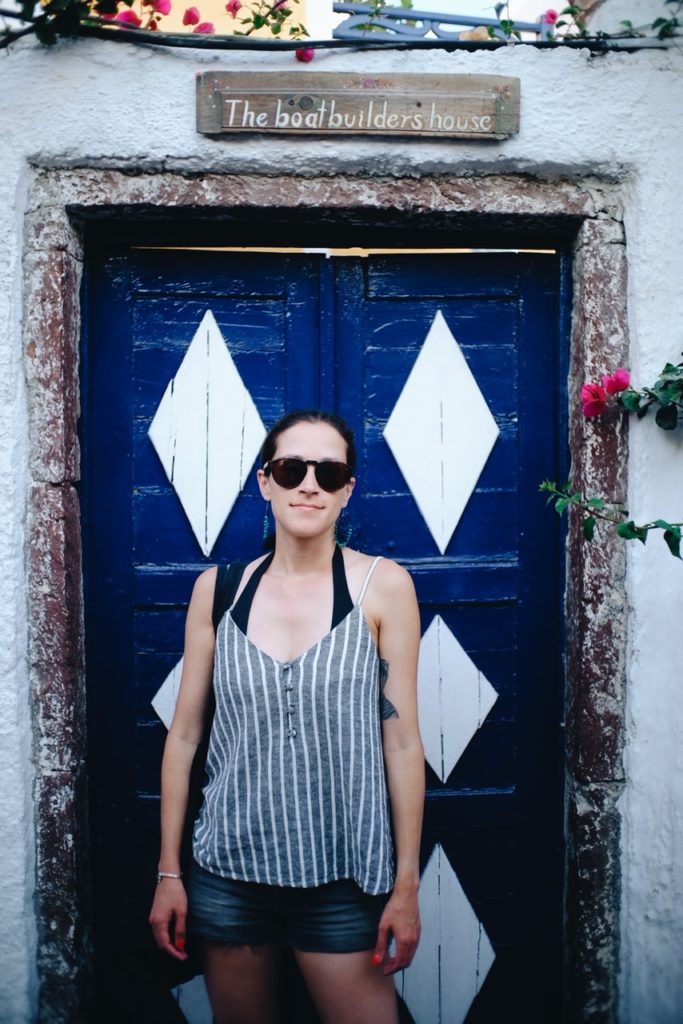
Santorini: Things to know
The first thing you will notice about Santorini in summer is the heat. We had read the weather reports, but did not expect the heat to hit us as hard as it did. It cools down a bit in the evenings and mornings, but once the sun comes out in full force, the heat can be intense. I suggest looking for a place with an AC and avoiding walking around mid-day.
Also, we rented a car to get around the island. I would recommend you figure out what types of activities you plan to do to factor in if you need to rent. For example, on our first day we walked down to Amoudi Bay and barely drove and the second day we did a boat tour so we didn’t need a car. Ultimately, we may not have needed a car for our four day visit.
Food options and restaurants are aplenty on Santorini. We asked our Airbnb host for advice, which is a good place to start for recommendations. Many of the cliffside restaurants, especially those with views of the sunset, can be expensive. We skipped those places and chose family style and casual spots off the main strip in Oia. We returned to Pitogyros many times for the yummy and low cost gyros. Many of the travel blogs have extensive lists of restaurant recommendations.

Where to Stay
We stayed at a beautiful Airbnb located in Oia with a great cliffside view of the sea. The place was a typical cave house, like many that dot the cliffs of Santorini. Due to the material and structure of these cave houses, they are able to retain heat in winter and cooler temperatures during summer months. This lodging was our big splurge of the trip, but we loved staying here for all the amenities it had to offer, including the unbeatable views.



We had a kitchen for making a few basic meals, a patio and an AC in our bedroom. Like many places on the island, there were a lot of steps to get there, but it was very manageable.
If you plan to visit Santorini during summer months, I would recommend staying in one of the less touristy towns. While I enjoyed Oia, I felt that it was overwhelming because of all of the tourists who flocked there.
If you can, it is worth it to splurge on a place on the caldera side. This is more affordable in shoulder season. If you are looking for a lower budget option, there are many nice places inland, as well as on the other side of the island near the beaches.
What to Do

Amoudi Bay

After arriving from the airport, we set down our things and headed to Amoudi Bay. It is a short, but steep hike from Oia, with a total of 300 steps down from the trailhead. As you hike down, you will likely be walking alongside donkeys, who are used to carry people and supplies to and from the bay. We opted to walk down, which was hot and sweaty, but not bad.
Upon reaching the bay, you will see that it is surrounded by deep red cliffs, contrasted by the glistening dark turquoise water and white buildings. There is a small slab of concrete and rock that you can jump off to take a swim. We did that immediately. Aside from that, the bay is fairly small. It is dotted with a few lodging options and a series of similarly overpriced seafood restaurants. We ate at one called Sunset Amoudi and it was quite good. Mainly, we enjoyed relaxing in the breeze amid all the beauty of the bay.

Santorini Boat Tours
We did a sailing trip with Sunset Oia Santorini Sailing our first full day there. They offer a range of sailing trips that visit the famed coves, beaches and nearby islands. We did a half day Santorini Gems tour, which was on a catamaran with a small group size. It allowed us to visit places we wouldn’t have been able to reach in our car.
We got picked up in the late morning and bused to the Amoudi Bay port. The tour visited a few different spots on the island, including the hot springs, White Beach and Red Beach. After arriving at each location, we were allowed to get out and swim. Around noon, the guides made us a delicious lunch. Overall it was a fun experience. While we didn’t get to walk on the beaches, we saw a bunch of nice spots from the water. I would recommend taking a boat trip as a great way to see another side of the island.

Perissa Beach

We spent our next full day at Perissa Beach on the other side of the island from Oia. This beach was easy to get to and parking wasn’t too bad. On the beach, there were tons of restaurants that offered umbrellas and beach chairs for a daily fee. Some were free if you ordered a certain amount of food or drinks at the restaurant. I definitely enjoyed staying out of the sun and relaxing under an umbrella.
Perissa beach, along with it’s neighbor Perivolos, are peaceful black sand beaches with lots of food and drink options. The beach felt less crowded than other parts of the island, which was very welcomed. You can learn more here about other Santorini beaches. I will add though, that in comparison to the beaches we found on Milos and Corfu, Santorini beaches don’t even compare. In short, don’t come to Santorini for the beaches!
The Running Scene

Santorini can be a bit challenging when it comes to getting runs in. The benefit was that there was a fairly accessible local trail that started near our Airbnb. Outside of that, the small island roads and the traffic make going on runs and staying safe somewhat difficult.
For this reason, I stuck to the nearby Fira-Oia trail. This is a 10.5km point to point hiking trail between the two towns. The trail is a bit technical and has a good amount of elevation gain. On the upside, it is safely away from cars and held amazing coastal views. I saw a bunch of hikers on my runs and I was excited to see a few fellow trail runners. Since it gets really hot in summer, I recommend you get your run in early and bring water with you.

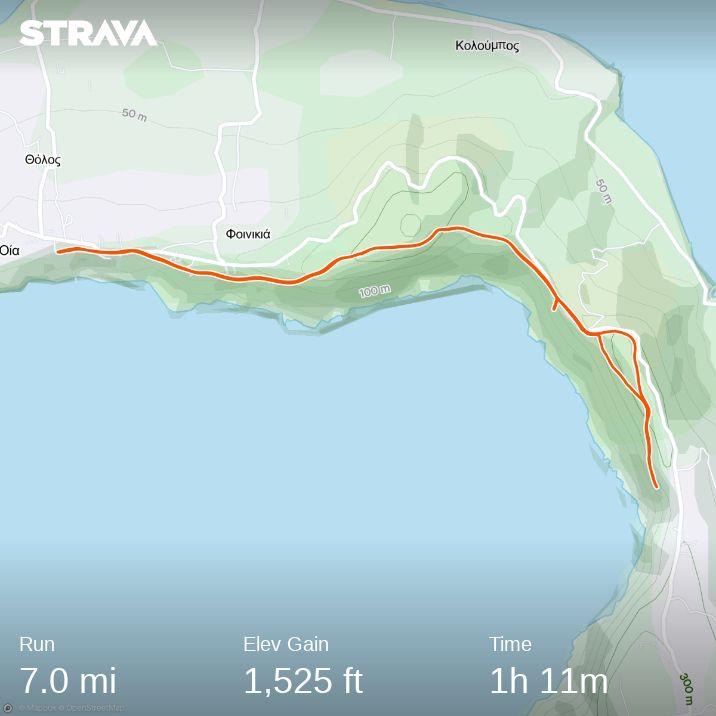
If you are staying on other parts of the island, you might be able to get a good run in along the beach or on a more remote road. Since we were based in Oia, it felt safest to stick to the trails.
Reading on Santorini

If you are into books and small bookstores, I highly recommend visiting Atlantis Books while you are in Santorini. It is located right on the main pedestrian path in Oia and easy to find. They offer a wide range of books in different languages. There are books literally stacked up to the ceilings inside the bookstore. For me, this was like a dream!

Getting Away: Next Stop Milos
From Santorini we took a ferry to the island of Milos. I looked up the ferry schedules ahead of time using the Greek Ferries website. I then booked directly with SeaJets. If you pre-ordered your tickets, you can pay a small fee to print out your tickets at the ferry terminal. You can also wing it and book when you arrive. If you rent a car, you will have to return your rental at the airport and then take a taxi to the ferry port.

